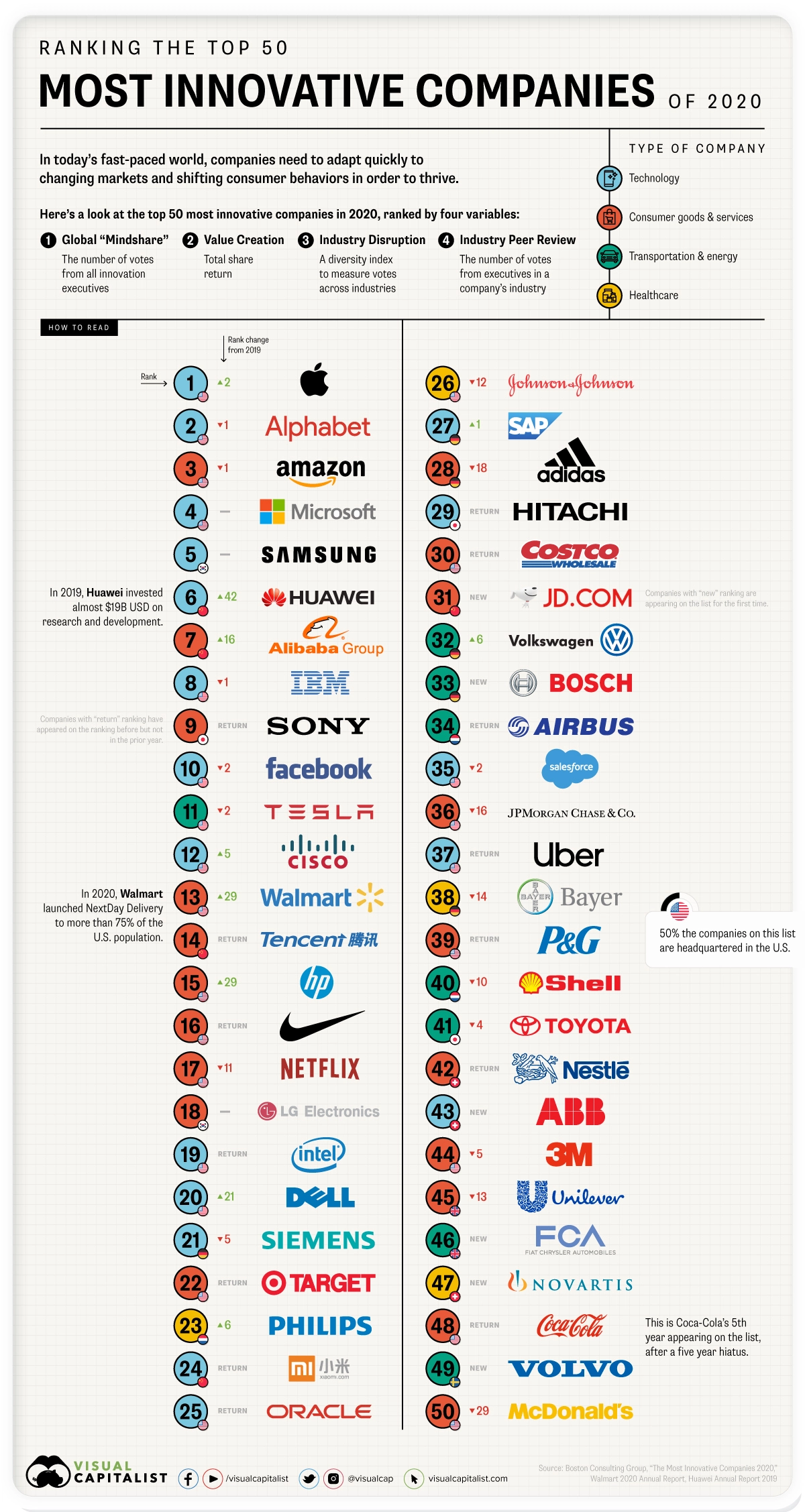There have been some insightful discussions recently regarding the convergence between big tech companies (Facebook, Amazon, Google, Microsoft, etc.) and the telecoms industry. We have seen a string of telco-related acquisitions by Microsoft, strategic investments from Google, Facebook and Amazon and direct investment in connectivity-related projects with Project Loon, Google Fi or Project Kuiper. All this activity by big tech in the industry leads me to wonder whether, before long, the telecoms industry, as we know it, could be swallowed up by big tech. A world where mobile network operators have become little more than a facilitator in the big tech value chain, enabling them to deliver their core products or services better.
Think of a scenario where Amazon acquires a mobile operator to improve connectivity along the Amazon supply chain, for example, with consumer telco services becoming a non-core business unit. Perhaps this is an example that is more in the realm of fiction than reality. Still, my point is that, to me, there is a general feeling that big tech is encroaching, and has been allowed to encroach on telecoms companies, and primarily through the fact that big tech has figured out how to innovate better than telcos.
Telcos have been the driving force behind mobile, a technology that has connected millions, driven prosperity and socioeconomic growth across the globe. But has the traditional telco business model been exhausted? And if the telcos are failing to innovate, are they at risk of being relegated to just a cog in a much bigger machine? In this report, we look at why continuous innovation is so fundamental but why it can also be so hard to execute on.
To kick things off with a bang, we use one of the telecoms industries most spectacular demises to illustrate how in today’s world without a platform for innovation, even the seemingly untouchable corporate giants can fall.
When Telcos don’t Innovate…

Nokia’s “burning platform” memo: When things went from bad to worse for the phone giant, written in 2011 by Nokia’s then-CEO Stephen Elop, shows a technology leader grappling with the consequences of missing the industry-shifting innovation of the smartphone.
We recently wrote a post on LinkedIn discussing BCG’s innovative companies list and, in particular, highlighting how difficult it is for companies to remain ‘innovative’ in today’s world. The list of top innovators has featured a total of 162 different companies across its 14 editions to date. This year’s top seed, Apple, is one of only eight companies to have been included every year, alongside Alphabet, Amazon, HP, IBM, Microsoft, Samsung and Toyota.
BCG states that the most innovative companies are those that view the need to continually innovate as a top priority. “Committed innovators” have the winning hand, the report says, with almost 60% reporting an increased proportion of sales from products and services launched within the past three years. This highlights the importance of a company employing a process of continuous innovation. It sounds obvious, but if it is so obvious, why are so few companies able to continuously innovate?
Some of the key reasons we see why it is hard for telecoms companies to innovate:
- Skills shortage: This can range from a short of technological know-how to a deficiency in skills to drive the process of change,
- Shortage in team or bandwidth, i.e. operational priorities: This is one of the most common, many businesses recognise the importance of innovation but don’t have sufficient resource to drive change,
- Legacy systems: Legacy technology systems that are either inflexible or too costly, both from a risk and CAPEX perspective, to make a change.
Guide for Innovation
So, through our example of Nokia, we see how hard it is to innovate and referencing the BCG report we also see it isn’t enough anymore just to come up with one killer product. So what’s the solution? We argue that the most important priority for any business in today’s faced-paced technology-driven world is not to prioritise its focus on creating A winning product or service but to focus on building an innovation platform that ensures a continuous stream of winning products or services.
What do we mean by an innovation platform? We describe an innovation platform as having three main elements:
- An innovation process: a step by step guide for how to innovate and deliver value through a new product, service or business efficiency.
- Cultural innovation: Which includes fostering a collaborative and honest environment and having the team and resources to execute on any new initiative
- Technology enablement: The technical systems and surrounding change process that gives the business the flexibility to drive change regularly
In our white paper, we breakdown each of these innovation platform elements and describe ways to achieve them.
Download our whitepaper and see for yourself.



